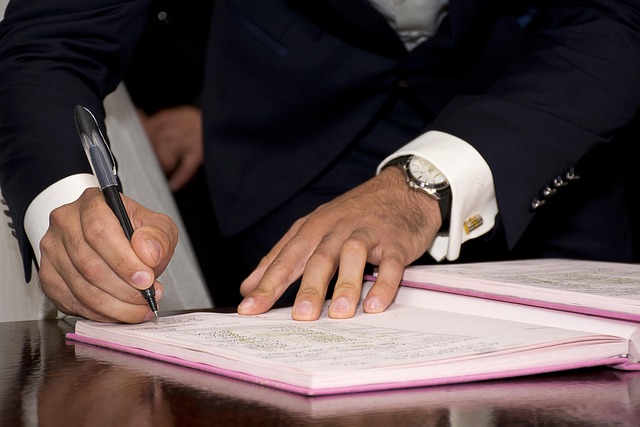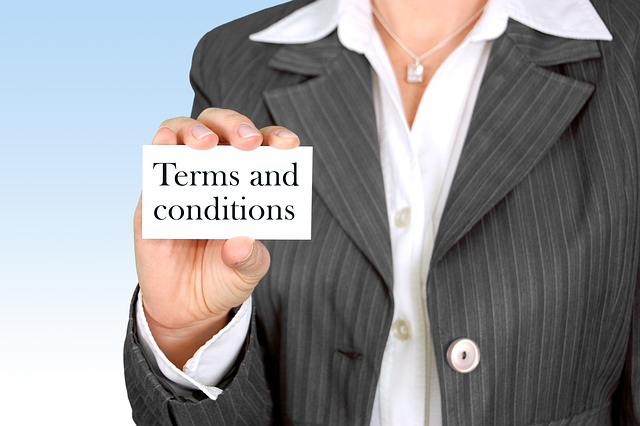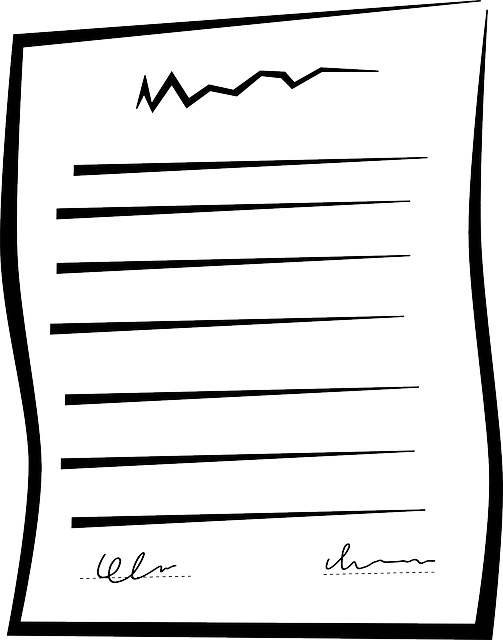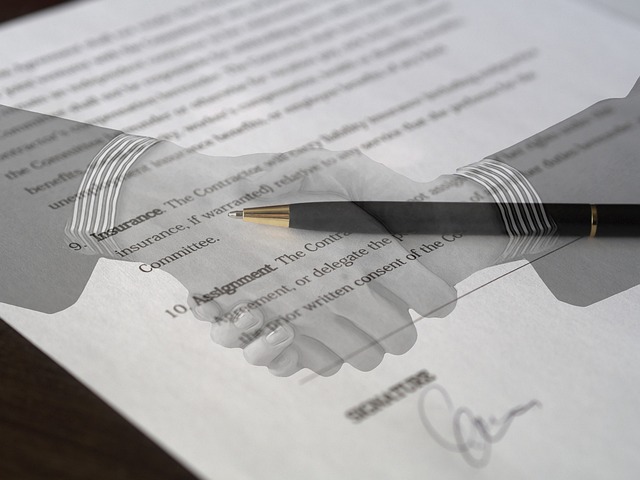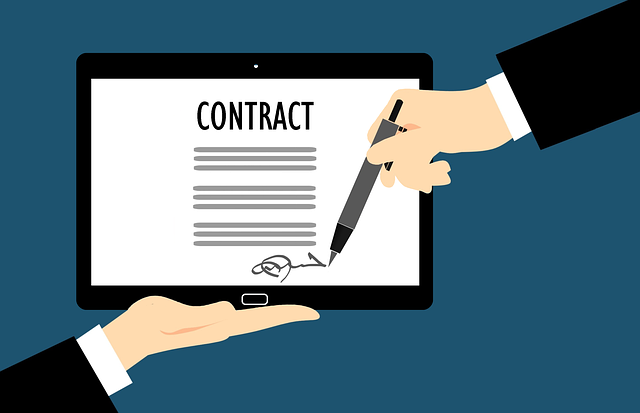Understanding leases is crucial for students entering the rental market, enabling them to make informed decisions, avoid pitfalls, and foster a positive tenancy experience. Key aspects of a lease include term, rent details, payment terms, maintenance responsibilities, damage handling, utility costs, termination clauses, and subletting rules. By carefully reading and clarifying these points, students can ensure their rights are protected, maintain a safe living environment, and navigate their tenancy smoothly.
“Unraveling the intricacies of rental agreements is a vital step for students navigating their housing options. This comprehensive guide aims to empower you with knowledge about what constitutes a rental agreement, its key elements, and how to decipher the fine print.
We’ll explore your rights and responsibilities, provide tips on negotiating terms, and offer strategies for signing and maintaining a lease agreement with confidence. By understanding leases, you can make informed decisions, ensuring a smooth and beneficial renting experience.”
- What is a Rental Agreement?
- Key Components of a Lease
- Understanding Your Rights and Responsibilities
- Negotiating Terms and Conditions
- Reading and Interpreting the Fine Print
- Signing and Maintaining Your Lease Agreement
What is a Rental Agreement?

A rental agreement, often referred to as a lease, is a legal contract between a landlord and a tenant that outlines the terms and conditions for renting a property. It’s a crucial document that forms the basis of your tenancy, providing clear expectations and protections for both parties involved. Understanding leases is essential for students transitioning into renting, as it empowers them to make informed decisions and avoid potential pitfalls. By grasping key concepts within the agreement, you can navigate your rental experience with confidence, ensuring a positive living environment.
Key Components of a Lease

When diving into the world of rental agreements, or leases, as they’re commonly known, students should familiarize themselves with several key components that are crucial for understanding their rights and responsibilities. Firstly, the term of the lease spells out the duration of your stay in the property, whether it’s a semester, year, or longer. This is followed by the rent amount and payment terms, which may include due dates, late fees, and security deposit details. The section on property rules outlines expectations regarding maintenance, repairs, and restrictions on modifications or subletting.
Additionally, the lease should clearly define the process for addressing issues like damaged property or unexpected maintenance needs. Understanding leases also involves comprehending provisions related to termination, including notice periods and conditions under which either the tenant or landlord can end the agreement early. Lastly, it’s vital to review sections on utilities, such as who is responsible for paying for services like electricity, water, and internet, as this can significantly impact your overall living expenses.
Understanding Your Rights and Responsibilities
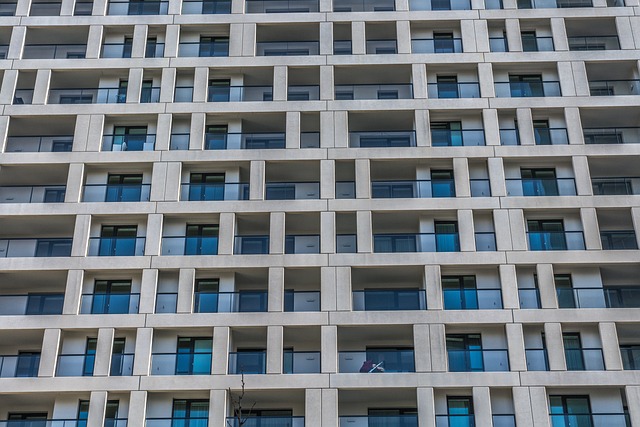
When you sign a rental agreement, or lease, it’s crucial to grasp both your rights and responsibilities as a tenant. Understanding leases involves knowing what is expected of you and what protections are in place for your benefit. Your lease should clearly outline terms related to rent payment, maintenance and repairs, subletting restrictions, and termination policies. It’s essential to read every clause carefully, seeking clarification on any points you’re unsure about.
Tenants have the right to live in a safe and habitable environment, as per local laws and regulations. This includes provisions for timely maintenance and repair of the property. Additionally, tenants are entitled to privacy and reasonable noise levels. Being aware of your rights empowers you to address any issues that arise during your tenancy, ensuring a fair and fulfilling rental experience.
Negotiating Terms and Conditions

When negotiating terms and conditions for a rental agreement, students should be well-versed in understanding leases to ensure they protect their rights. Start by reviewing market rates for similar properties to have a benchmark for pricing. This knowledge empowers tenants to advocate for fair prices and favorable conditions. Don’t hesitate to ask questions or seek clarification on any ambiguous clauses.
Engage openly with the landlord or property manager, explaining your expectations and concerns. Highlight essential aspects like lease duration, renewal options, maintenance responsibilities, and payment terms. It’s crucial to agree on these points before signing to avoid misunderstandings later. Understanding leases is a critical step in ensuring a smooth tenancy experience.
Reading and Interpreting the Fine Print
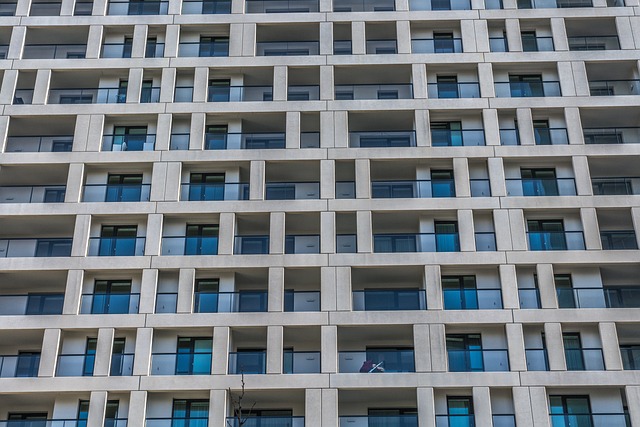
When diving into the world of understanding leases, one of the most crucial steps is reading and interpreting the fine print. Rental agreements are filled with legal jargon that can be intimidating at first glance, but it’s essential to decipher these terms to avoid any surprises or misunderstandings later on. Every clause has a purpose, from outlining rent amounts and payment deadlines to detailing maintenance responsibilities and lease termination policies.
Pay close attention to provisions regarding repairs, security deposits, pet policies, and subletting restrictions. These sections can significantly impact your rights and obligations as a tenant. Take the time to ask questions if anything is unclear—it’s better to clarify upfront than face unexpected challenges down the line. Understanding every detail empowers you to navigate the lease agreement with confidence, ensuring a smooth rental experience.
Signing and Maintaining Your Lease Agreement
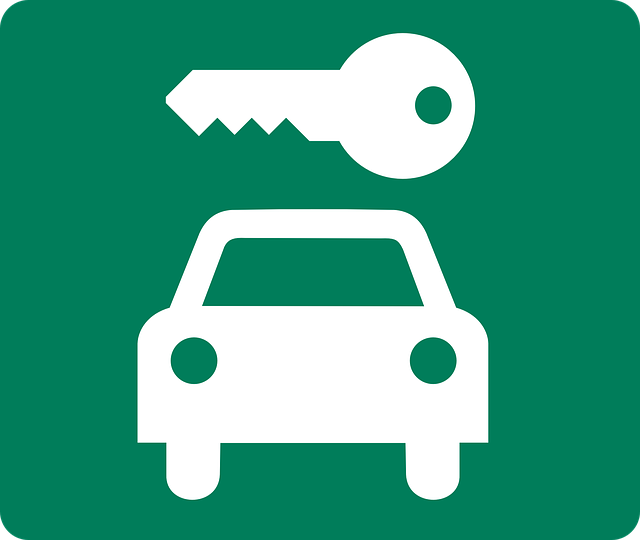
When signing your lease agreement, make sure to read every word and understand the terms thoroughly. Don’t be afraid to ask questions or seek clarification from the landlord or property manager. This step is crucial in ensuring you know your rights and responsibilities as a tenant. Understanding leases involves recognizing key clauses related to rent amount, payment due dates, duration of stay, maintenance expectations, and termination policies.
Once signed, maintaining a copy of the lease agreement is essential for future reference. Keep track of all communication with the landlord, including repairs or maintenance requests, and document any changes made during your tenancy. Regularly reviewing your lease helps you stay compliant and prepares you for potential disputes that may arise during your rental period.
